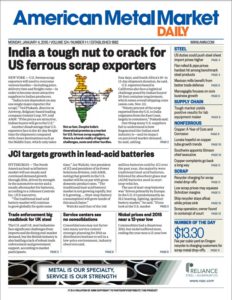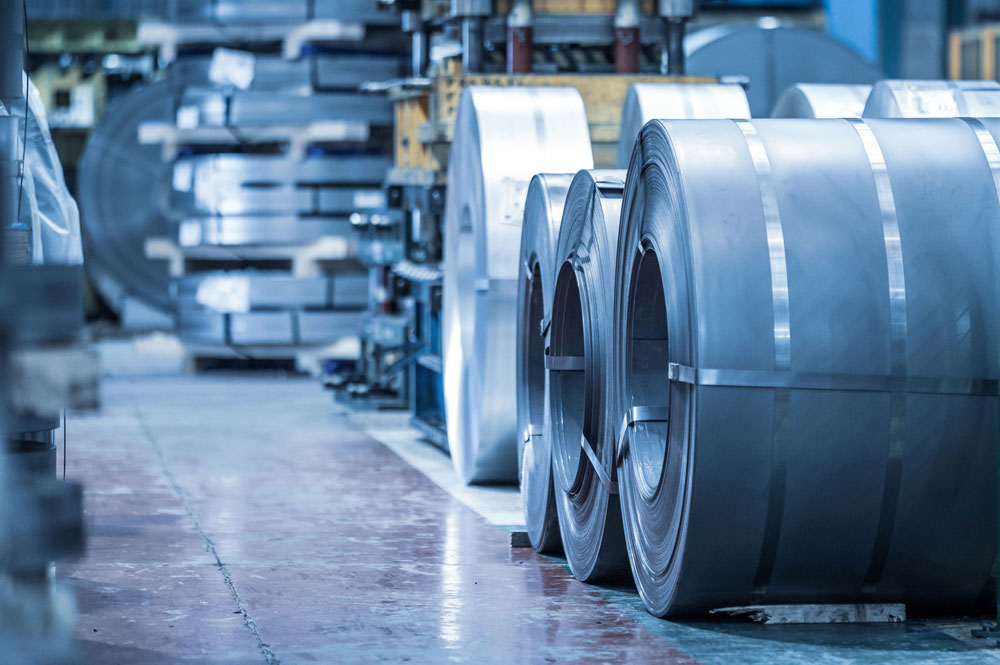Cianflone Scientific in American Metal Market Daily

PITTSBURGH — Steel mills’ reduced operating margins and increasingly stringent quality requirements are working to improve demand for Cianflone Scientific LLC’s products.
The collapse in metals prices and weak operating demand at mills is not fazing the Pittsburgh-based company, which has been enjoying steady orders for equipment all year, general manager Doug Hart said.
Cianflone was purchased last summer by Ardmore, Pa.-based Main Line Equity Partners LLC, and Hart was hired for his operations experience.
“I came on board at the time of the acquisition to bring an operating skillset to the business for Main Line’s current and prospective manufacturing portfolio,” he said.
The company manufactures laboratory and portable X-ray spectrographic equipment and mini-remelt furnaces used by metals-intensive industries, such as nonferrous metal recyclers and window manufacturers.
Even with recyclers tightening their belts as scrap prices come under extreme pressure, the company’s remelt technology has generated solid business.
“I was at a massive scrap facility and they took me into a corner. A guy said, ‘This is my bottleneck—we can’t provide a sample without your equipment,” Hart said.
Cianflone’s machine allows recyclers to melt a sample of an industrial account’s load to the size of a button that reveals the chemistry of the metal.
“The payback is immediate,” Hart said. Analyzing the metal prevents costly mistakes, such as paying higher Type 316 stainless steel scrap prices for less expensive Type 304. A sample button is shipped with the scrap, which allows the customer to be sure the requirements for the melt are being met.
“We are communicating and meeting with quality lab managers throughout the industry,” HE said. “One of the few places investments continue is (in) the lab, because you have to have a good lab if you are going to run a good plant.”
Remelt furnaces guarantee chemistry, but spectrographic equipment is finding a broader use in the coatings industry.
The equipment measures and detects alloy content, as well as the thickness of a coating, “The technology is defendable and an integral instrument to the quality-control aspect of the steel and steel-coating industries, which is becoming more important every day,” Hart said, noting that window manufacturers that use coatings rely on the equipment. “We have several thousand units in the global marketplace, either in galvanized steel or the aluminum coating business.”
Coating companies need to be precise in following specifications. Applying a coat that’s too thick is wasteful and drives up raw material costs, while a coat that’s too thin results in quality issues.
“It is supposed to be coated at an exact thickness. Anything less is a defect, and anything more results in lower yields. … At coating operations, if they don’t catch a problem, can you imagine the cost?” Hart asked. “How do you calculate a payback on disaster avoidance technology? That is where we are having a lot of activity, because of companies wanting to avoid liability, higher insurance claims and having their reputations lowered.”
Cianflone is listening closely to its customers so it can forge new technology. “We are working with customers and looking at ways to make our technology more comprehensive pieces of equipment that go into testing facilities. We have had people express interest in making our technology as broadly applicable as possible,” he said.
American-Metal-Market-vol-124 Entire Volume (#124)



